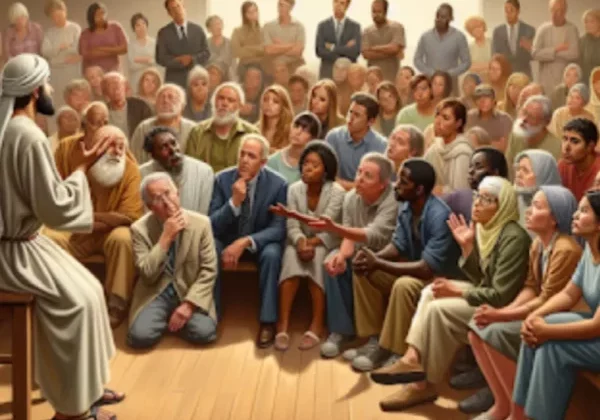Noah: The Righteous Man Who Built the Ark of Salvation
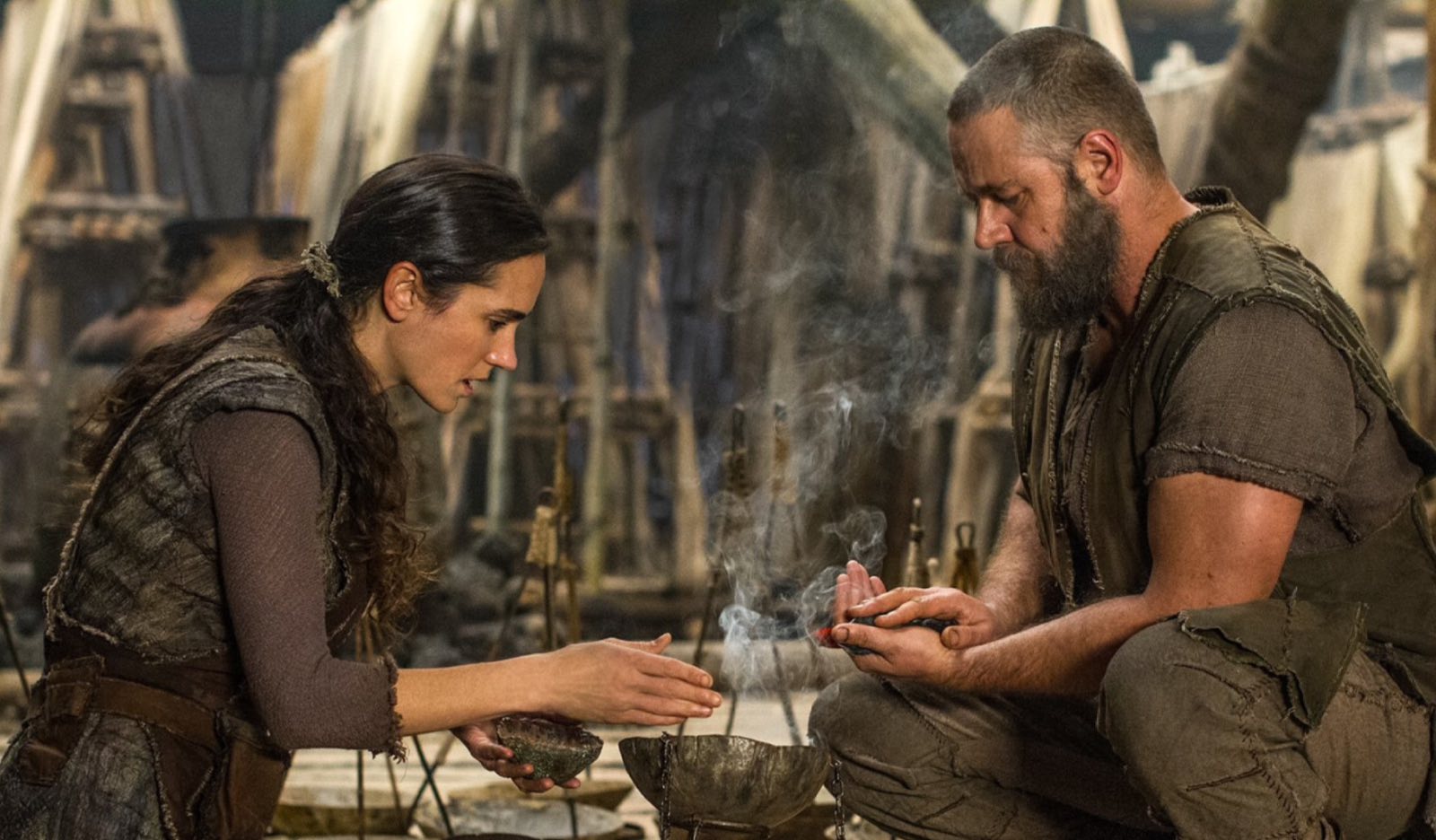
SHARE
The story of Noah and his ark is one of the most recognized narratives in religious texts, particularly within the Judeo-Christian tradition. Found in the book of Genesis, this tale not only serves as a historical account but also carries profound moral and spiritual lessons.
Noah, a figure of righteousness amidst a corrupt world, is remembered for his unwavering faith and obedience to God, qualities that ultimately led to the preservation of life on Earth.
In the biblical narrative, God observes the rampant wickedness and violence that have overtaken humanity. Disheartened by mankind’s moral decay, He decides to cleanse the Earth through a great flood. However, amidst this chaos, Noah stands out as a beacon of virtue. Described as a “righteous man” who walked with God (Genesis 6:9), Noah was chosen to carry out a divine mission that would alter the course of history.
God instructs Noah to build an ark—a massive vessel designed to withstand the impending deluge. This command is not merely about constructing a boat; it symbolizes obedience and faith in God’s word. The ark was to be built from gopher wood, with specific dimensions and compartments to house Noah’s family and pairs of every living creature. This monumental task required immense dedication and labor, taking Noah decades to complete.
Despite facing ridicule from his contemporaries—who mocked him for his seemingly absurd undertaking—Noah remained steadfast in his mission. His unwavering commitment serves as a testament to his character; he trusted in God’s promise even when others did not share his faith.
As the ark neared completion, Noah obeyed God’s instructions to gather animals. He brought aboard two of every unclean animal and seven pairs of clean animals—an essential detail that highlights Noah’s role as a caretaker of creation. This gathering was not just about survival; it represented hope for renewal and continuity in a world that was about to be reset.
When the floodwaters finally came, they raged for forty days and nights, submerging the Earth under torrents of rain. Yet inside the ark, Noah, his wife, their three sons—Shem, Ham, and Japheth—and their wives found refuge. The ark became a sanctuary amidst chaos, embodying God’s promise of protection for those who remained faithful.
After the floodwaters receded, Noah emerged from the ark to find a transformed world. In gratitude for their survival, he built an altar and offered sacrifices to God. In response, God established a covenant with Noah, promising never again to destroy the Earth with a flood. The rainbow became a symbol of this covenant—a reminder of divine mercy and hope for future generations.
Noah’s story transcends mere historical narrative; it is rich with themes of faith, obedience, and renewal. It teaches us about the importance of standing firm in our beliefs even when faced with skepticism or adversity. Noah’s legacy is not just about surviving a flood; it is about being an instrument of divine purpose in a world that often strays from righteousness.
The figure of Noah continues to resonate through generations as an emblem of faithfulness and resilience. His story invites reflection on our own lives—challenging us to consider how we respond to divine calls in our own contexts. As we look upon rainbows after storms or reflect on our responsibilities toward creation, we are reminded of Noah’s enduring legacy: that hope and renewal are always possible when we choose faith over fear and obedience over doubt.
*Cover Photo/Thumbnail Photo from Noah Movie (Facebook Page)
RELATED ARTICLES
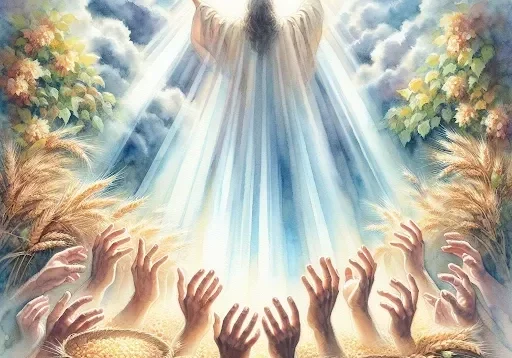
I’m a Christian and I Got No Startup Money!
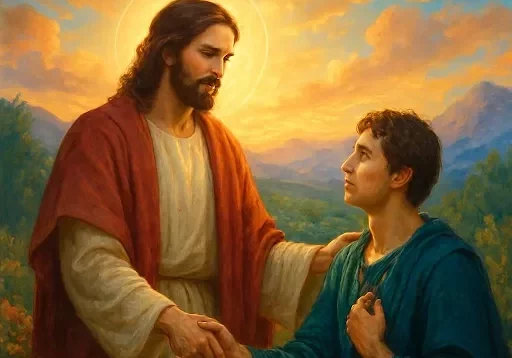
Tempted to Abandon My Calling
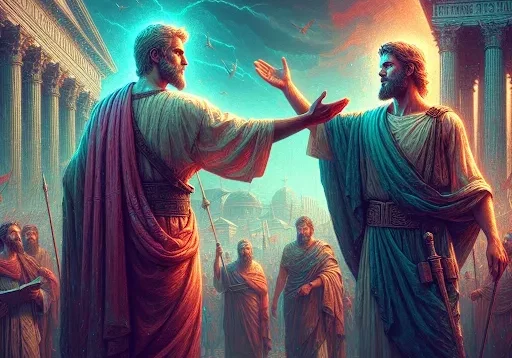
Standing With Israel, Day by Day



